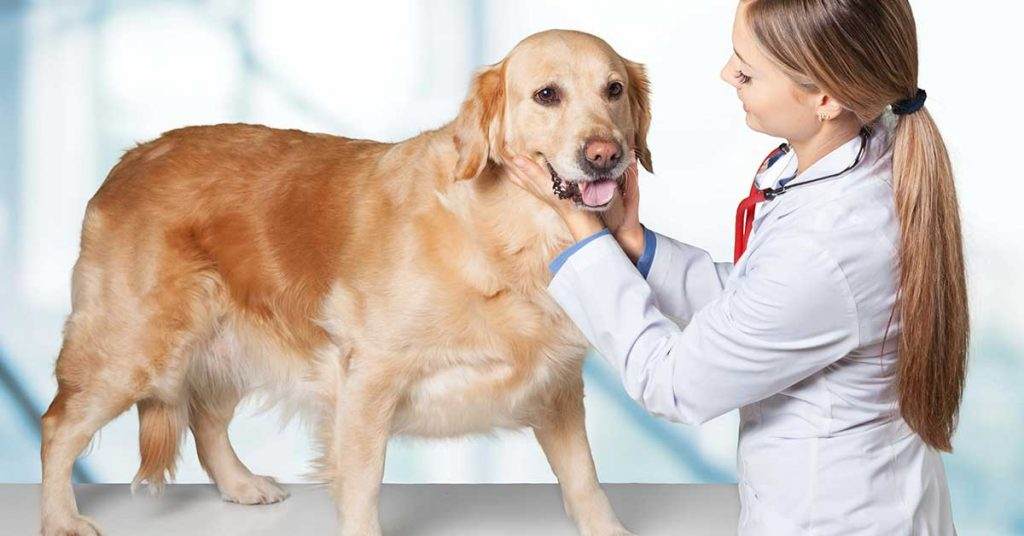In one lifetime, every human at least once gets infected from the Chickenpox. It makes your body extremely uncomfortable, followed by a feeling of itchiness all day long. A general rule of thumb is isolating yourself from everybody who hasn’t been victimized by pox yet.
You’re at higher risk, if:
- Un-vaccinated yet.
- Working closely in a children’s environment like a school or childcare facility.
- Patients on steroid medications for respiratory diseases such as asthma.
- People who are prone to diseases easily due to compromised immune systems such as chemotherapy, or by diseases, like cancer or HIV.
- Pregnant women, in particular, are advised to avoid contact with a person infected with chickenpox because of potential health risks.
Facts about Chickenpox
- Red dots on humans that look like rashes that develop into blisters all over the body for a period of about 2 weeks; are signs of chickenpox.
- Chickenpox is caused by the airborne virus Varicella-zoster.
- Chickenpox can be transferred easily from one person to another through sneezing and coughing, or by contacting the fluid once the blisters pop.
Can Dogs Get Chickenpox?
- Dogs exhibit similar symptoms like chickenpox, known as dog pox.
- Dogs exhibit symptoms like rashes, spots, and pustules.

Is Chickenpox an Anthroponotic Disease?
Pathogens found in humans capable of transmitting the virus from humans to animal species are known as reverse zoonosis, also known as zooanthroponosis and sometimes anthroponosis.
Can a dog get chickenpox?
No, there has been no documented evidence to suggest dogs get chickenpox. The Varicella-zoster virus (VZV) can only infect humans and not dogs.
Possible Causes of Rashes and Red Spots
Red rashes or fluid-filled blisters on the skin are often mistaken as chickenpox. These symptoms aren’t of chicken-pox but can turn out to serious diseases in dogs. It’s always advisable to get checked by a veterinarian.
Parasites
- Parasites cause inflammation of the skin after they suck blood. Ticks and fleas are common causes of rashes/red spots on the skin.
- Mange is a parasite-caused condition in which a group of skin cells dies. This results in hair loss, itching, and sores on that patch of infected skin. This patch spreads fast, particularly on the dog’s ears, face, and legs. The dog should be consulted by the vet.
What are the possible causes of your dog’s rash?
Allergies
- One of the primary causes of rashes is a food allergy.
- Another probable cause is contact with outside allergens.
- These allergens include toxic plants, certain weeds, pollen grains, can cause rashes, and even pustules on the contacted skin. These allergic reactions match symptoms from chickenpox.
Bacterial Infections
- The staphylococcus infection, also known as a “staph infection” presents symptoms similar to chickenpox.
- A bacterial infection usually enters through a wound or cut on a dog’s skin. After the skin is infected, the infection starts itching, crusting, and pustules may form. In severe cases, a dog may also lose hair in the infected area.
- Puppies are at higher chances of suffering from impetigo. The symptom of impetigo is called Pyoderma characterized by skin lesions and pustules.
- Bacterial infections are treatable by an antibiotic ointment.
- A dog which has abrasions or cuts, endocrine diseases are at higher risk of developing a bacterial infection.
Canine Herpes Virus
Symptoms of Canine Herpes in Adult Dogs?
- Canine herpes virus (dog pox) is a sexually transmitted disease, primarily affecting pregnant dogs and her pups.
- In female dogs, the virus causes blisters and inflammation of the vulva. Pups suffer from fading puppy syndrome, which makes them weak, unable to suckle and die.
- Dog pox is the major cause of death in pups less than three weeks of age.
Symptoms of Canine Herpes in Older dogs
- Occasionally raised genital sores may be seen
- Abortion
- Stillbirth
- Kennel cough
Symptoms of Canine Herpes in Puppies
- The sudden death of a new-born puppy
- Weakness, lethargy
- Persistent crying
- Lack of suckle reflex/appetite
- Painful abdomen, bloating or bruising of the abdomen
- Soft, yellow/green feces
- Chilled, cold puppies
- Respiratory difficulty, nasal discharge
- Haemorrhages
- In older puppies, nervous system abnormalities like blindness, seizures, and other nervous diseases may develop.
Can I Catch Herpes from My Dog?
No. Humans are not at risk of catching canine herpes.
How Is Canine Herpes Diagnosed?
- Dead puppies can be diagnosed by a necropsy to determine the cause of death. This diagnosis might help other litter.
- Dogs intended for breeding are tested for CHV or have a history for CHV.
Consult a Veterinarian
- Medical check-up is a more effective way of diagnosing your dog’s illness. Tests help to figure out the exact cause and thereby provide treatment as soon as possible.
- A veterinarian will also provide a proper dosage schedule and help you sleep in peace.
Tips for Keeping Your Dog Rash Free
Proper care for your dog’s health and hygiene is important to prevent them from having a skin disease.
Rash Prevention
- A pet’s environment should also be kept clean and disinfected regularly, just like a human’s house.
- Periodical vaccinations and parasite control help to keep the environment healthy.
- Good hygiene might not always be effective to prevent ticks and fleas.
- Using a commercial product might be necessary.
- Products like anti-flea collars, sprays, and others that can help you with this.
- Regularly check-up your dog’s pooch for signs of fleas and ticks is important to avoid future possible skin problems.
- Proper nutrition also plays a major role. For dogs with food allergies, avoid chicken or beef-flavored dog food. Fish oil and other dietary supplement are rich in nutrition which helps to keep skin and hair healthy.
What to Do If Your Dog Has Cuts/Rashes?
- Bath your dog with an anti-bacterial and hypoallergenic soap.
- When bathing or cleaning your dog, remember to wash the fur coat and space in between their toes. This relieves itchiness and also cleans the infected surface.
- Avoid harmful and toxic detergents, instead use organic cleaners at your home for cleaning, it irritates the skin.
- Raw food helps in the skin-healing process.
- Moisture in the wet food helps to keep your dog healthy while suffering from skin problems.
Table of Contents





